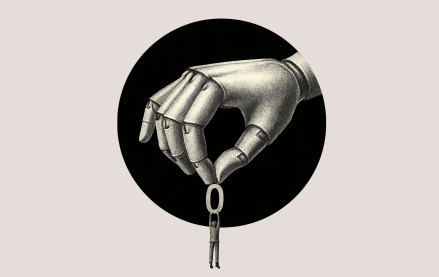Save 50% on a 3-month Digiday+ membership. Ends Dec 12.
When it comes to getting new customers, startups in financial technology are in a lose-lose situation.
It’s no surprise: The reigning banks have been around for decades so they have a large existing set of customers and streams of data on them from over the years. Their problem is they’re plagued with old infrastructure that slows them down and cuts into their ability to manage data well. Startups don’t have that problem, but they also don’t have the customer base — or the ability to scale.
Customer acquisition is expensive. For a large bank it could cost between $1,500 and $2,000 to acquire one customer, according to Ciaran Rogers, director of marketing at StratiFi, an early stage startup that helps advisors manage portfolio risk. At startups it could be between $5 to about $300 for one customer. Fintechs just have less money to spend on that — at Wealthfront, for example, marketing budgets have decreased every year.
More in Marketing

In Graphic Detail: Here’s what the creator economy is expected to look like in 2026
Digiday has charted its expected revenue, key platforms for creator content as well as what types of creators brands want to work with.

Ulta, Best Buy and Adidas dominate AI holiday shopping mentions
The brands that are seeing the biggest boost from this shift in consumer behavior are some of the biggest retailers.

Future of Marketing Briefing: AI confuses marketers but their own uncertainty runs deeper
That was the undercurrent at this week’s Digiday Programmatic Marketing Summit in New Orleans.





